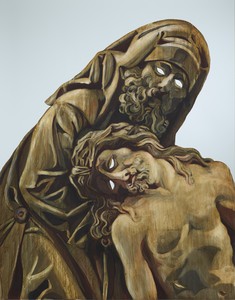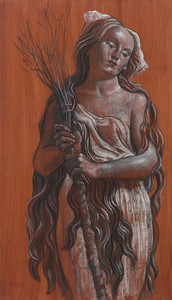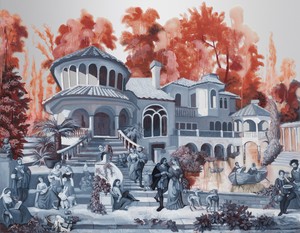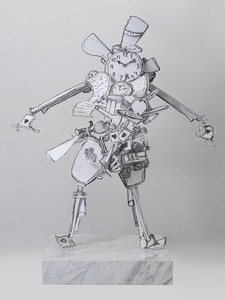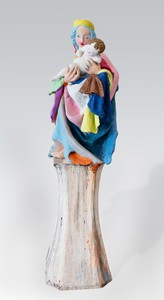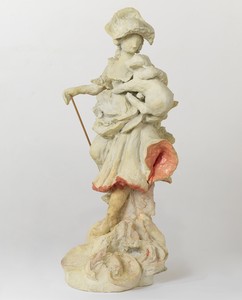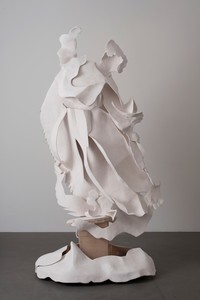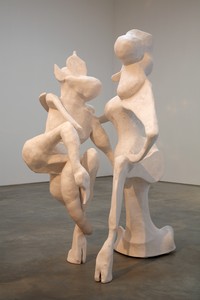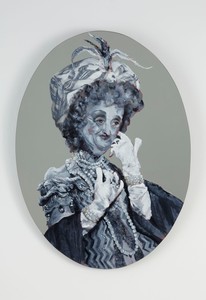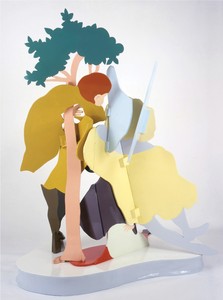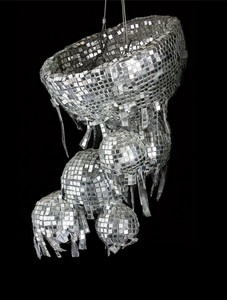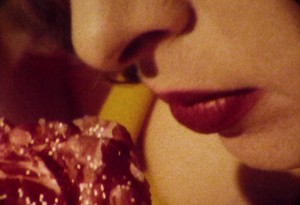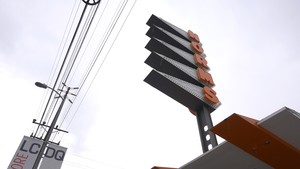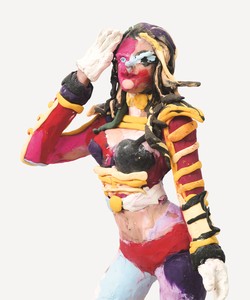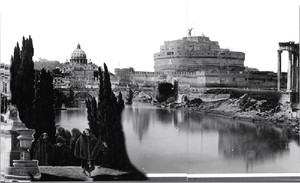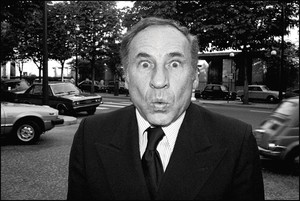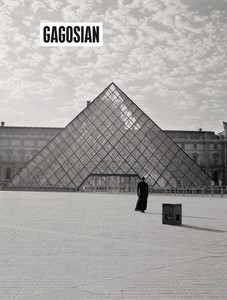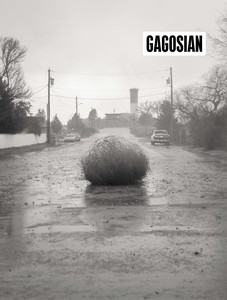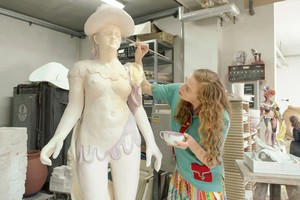I’ve always been interested in portraying some kind of fantasy, then showing that it’s completely constructed. There are always dark messages hidden behind beauty, and the act of sculpting is about listening to that inner voice that warns you about something lurking beneath the surface.
—Rachel Feinstein
In richly detailed sculptures and multipart installations, Rachel Feinstein investigates and challenges the concept of luxury as it was expressed in eighteenth- and nineteenth-century Europe, in the context of contemporary parallels. By synthesizing visual and societal opposites such as romance and pornography, elegance and kitsch, and the marvelous and the banal, she explores issues of taste and desire.
Born in Fort Defiance, Arizona, and raised in Miami, Feinstein received a BA in 1993 from Columbia University, New York, where she studied religion, philosophy, and studio art. That same year she attended the Skowhegan School of Painting and Sculpture in Madison, Maine. She found her passion for sculpture under the influence of mentors such as Judy Pfaff, Ursula von Rydingsvard, and Kiki Smith. In 1994 Feinstein was included in several group shows in New York, including Let the Artist Live! at Exit Art, where she presented a large gingerbread house, modeled after Sleeping Beauty’s castle, in which she slept throughout the exhibition.
Feinstein’s work was included in the first iteration of MoMA PS1’s Greater New York in 2000. She had her first solo exhibition at Marianne Boesky Gallery, New York, the following year, showing large plaster and wood sculptures of lions, swans, angels, and waterfalls, and transforming one of the galleries into an all-white Rococo-style salon inspired by imperial palaces in Munich and Vienna. The construction of fantastical, multidimensional environments is integral to Feinstein’s practice. Preferring to see her work in complex interiors, she often brings Baroque elements into exhibition spaces, complicating the relationship between sculpture and painting, positive and negative space. The sculptures seem to flatten when viewed from certain angles, while the walls appear to expand through Feinstein’s use of mirrors and wallpaper.


